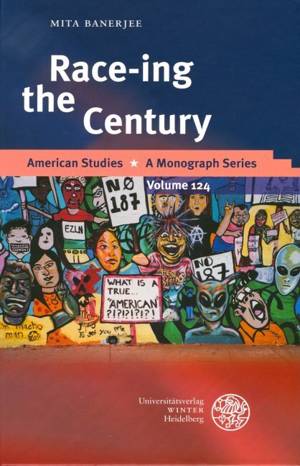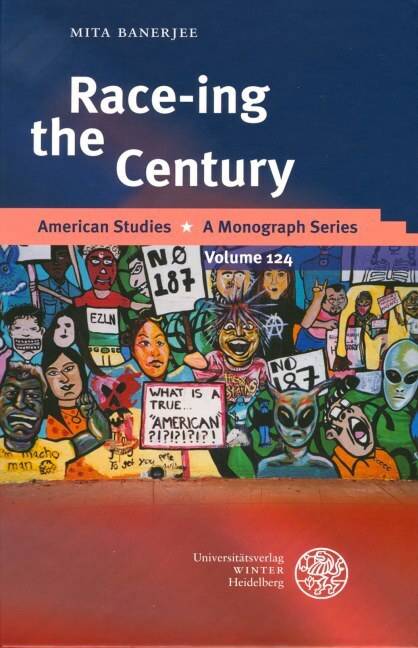
Je cadeautjes zeker op tijd in huis hebben voor de feestdagen? Kom langs in onze winkels en vind het perfecte geschenk!
- Afhalen na 1 uur in een winkel met voorraad
- Gratis thuislevering in België vanaf € 30
- Ruim aanbod met 7 miljoen producten
Je cadeautjes zeker op tijd in huis hebben voor de feestdagen? Kom langs in onze winkels en vind het perfecte geschenk!
- Afhalen na 1 uur in een winkel met voorraad
- Gratis thuislevering in België vanaf € 30
- Ruim aanbod met 7 miljoen producten
Zoeken
€ 111,45
+ 222 punten
Omschrijving
What do Charlie Chan and William Faulkner have in common? This study starts out from the assumption that there may well be a continuity between literature and popular culture in the racialized images they perpetuate. Looking at twentieth century American literature, film, music, and art, this book suggests that strategies of exclusion and of resistance are mutually constitutive. Where a 1920s Western audience yearned for exoticism, Josephine Baker donned a scanty costume of bird feathers and enchanted a white audience by singing to them from within a gilded cage. Looking at African American, Asian American, Chicano/a, and Native American cultural productions as constituting a rainbow coalition, this study seeks to chart out the terrain of a multi-ethnic nation, a nation to which, as El Vez, the Mexican Elvis, asserts, everyone is welcome - even the mainstream itself.
Specificaties
Betrokkenen
- Auteur(s):
- Uitgeverij:
Inhoud
- Aantal bladzijden:
- 457
- Taal:
- Engels
- Reeks:
- Reeksnummer:
- nr. 124
Eigenschappen
- Productcode (EAN):
- 9783825350284
- Verschijningsdatum:
- 1/01/2005
- Uitvoering:
- Hardcover
- Formaat:
- Genaaid
- Afmetingen:
- 135 mm x 211 mm
- Gewicht:
- 624 g

Alleen bij Standaard Boekhandel
+ 222 punten op je klantenkaart van Standaard Boekhandel
Beoordelingen
We publiceren alleen reviews die voldoen aan de voorwaarden voor reviews. Bekijk onze voorwaarden voor reviews.









